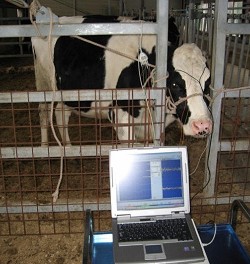 As Japanese consumers become ever more "fussy" over food safety issues, there is a growing demand for technology that improves food quality. To ease the minds of health-conscious meat-eaters, researchers at Japan's National Institute of Animal Health (NIAH) have developed a convenient method for identifying cattle infected with mad cow disease, simply by measuring the brain waves they produce in response to audio stimuli.
As Japanese consumers become ever more "fussy" over food safety issues, there is a growing demand for technology that improves food quality. To ease the minds of health-conscious meat-eaters, researchers at Japan's National Institute of Animal Health (NIAH) have developed a convenient method for identifying cattle infected with mad cow disease, simply by measuring the brain waves they produce in response to audio stimuli.
To develop and test the new method, the researchers infected 11 healthy cows with mad cow disease and observed the onset of symptoms and changes in brain activity. Mad cow disease (a.k.a. Bovine Spongiform Encephalopathy, or BSE) is a fatal infectious disease that affects the central nervous system of cattle (and humans), turning the brain into a sponge-like substance. Symptoms of the disease include loss of muscle control, inability to stand or walk properly, agitation, and red eyes.
Approximately 24 months after infection, the 11 test cows began to exhibit the typical physical signs of BSE. However, at around 22 months after infection -- before the physical symptoms became evident -- the researchers discovered that the brains of the infected cows had a delayed reaction to sound. In all 11 mad cows, the brain waves elicited in response to audio stimuli were a few tenths of a millisecond slower than in healthy cows.
The researchers believe the acoustic nerves responsible for transmitting sound impulses to the brain became damaged as the disease progressed, resulting in a delayed response time. By using a device that measures this delay, ranchers can identify mad cows in their herds, the researchers suggest.
While the newly developed method is still less accurate than conventional lab testing of brain samples taken from carcasses, it does make it easier to detect possible infection at an early stage, before outward signs of the disease appear.
The researchers, who plan to study the data further and improve the accuracy of the test, eventually hope to develop a portable version of the device.
[Source: Mainichi]

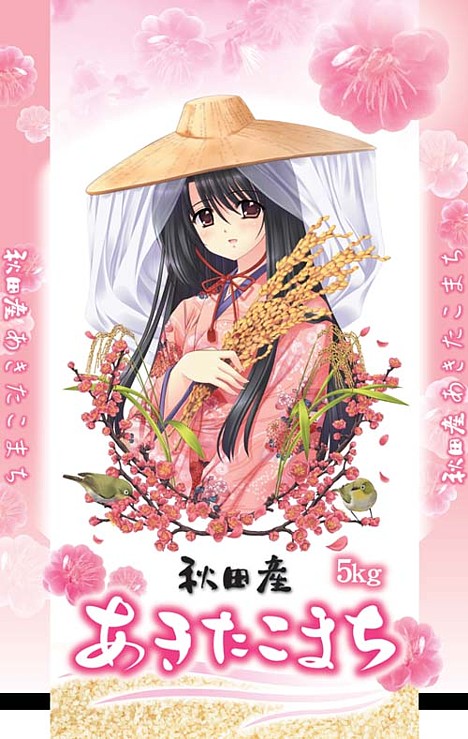
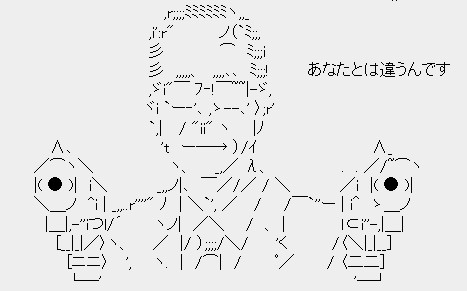
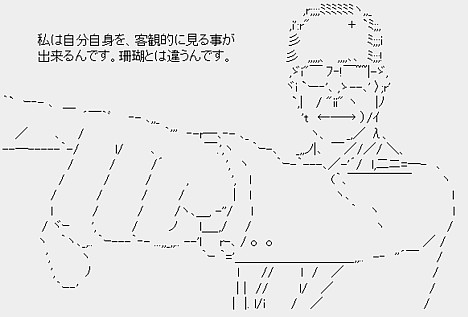
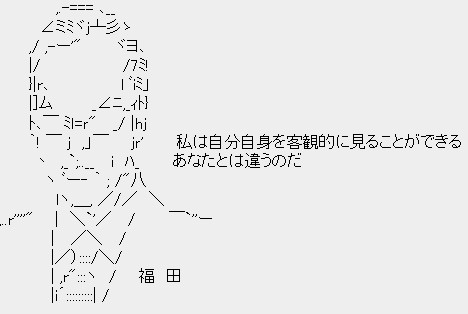
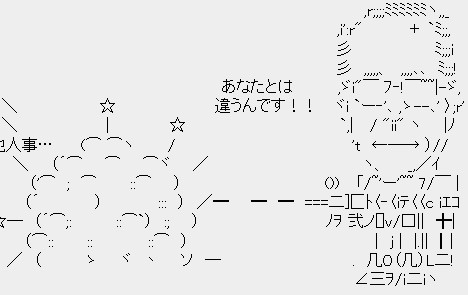
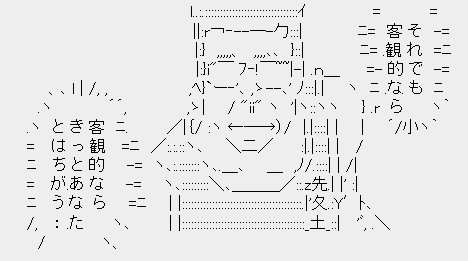
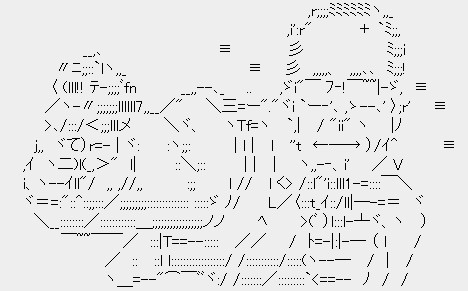
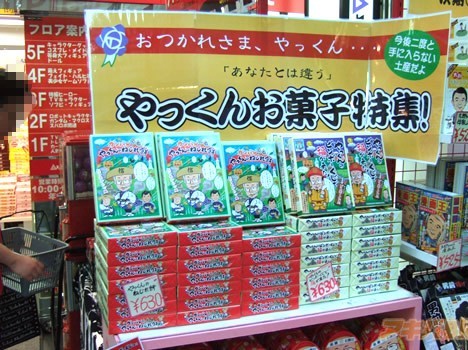
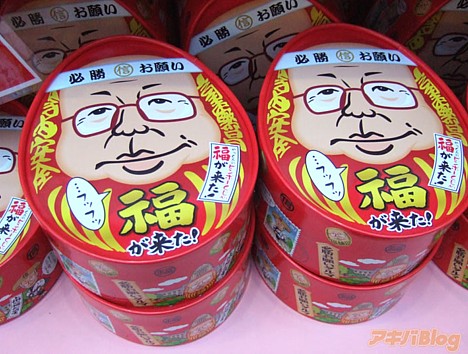
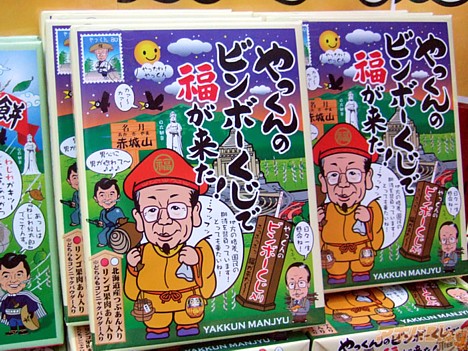
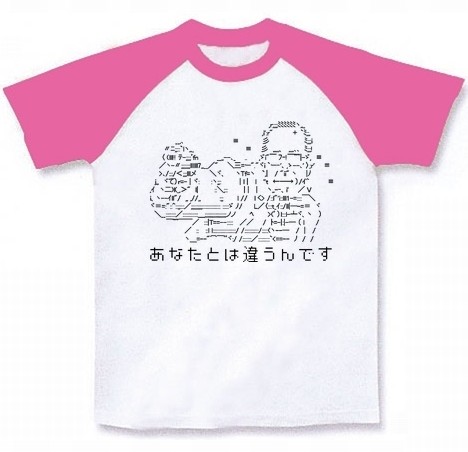
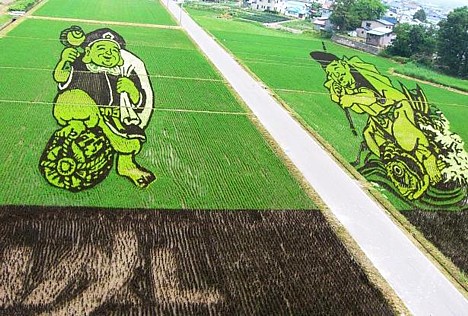
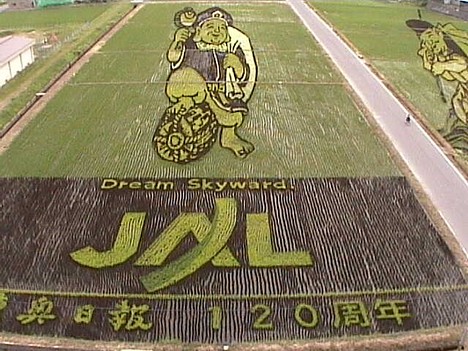
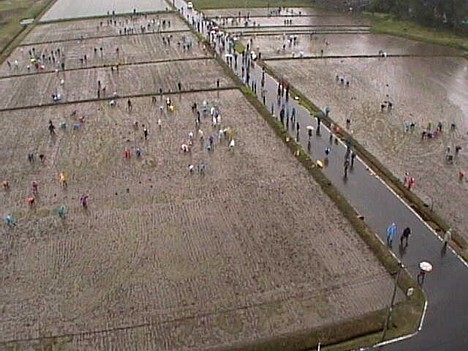
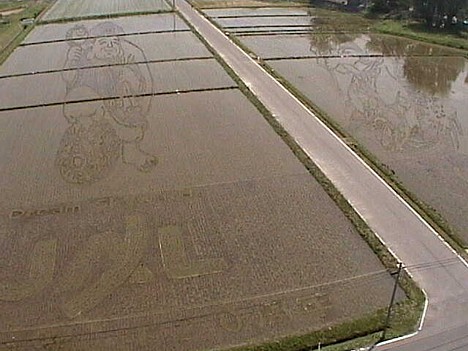
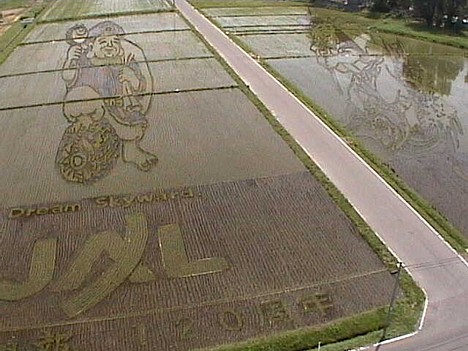
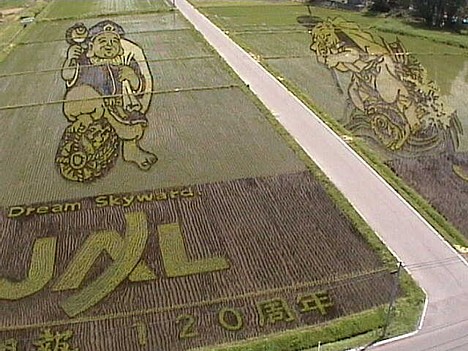
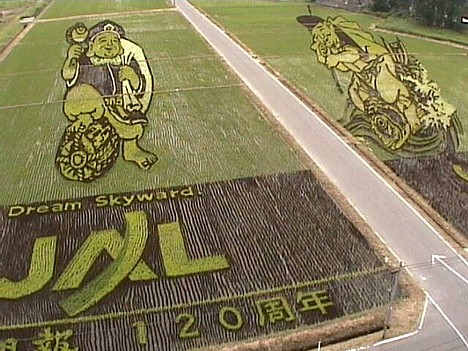
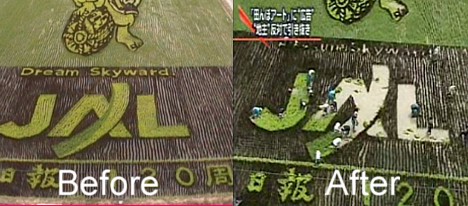
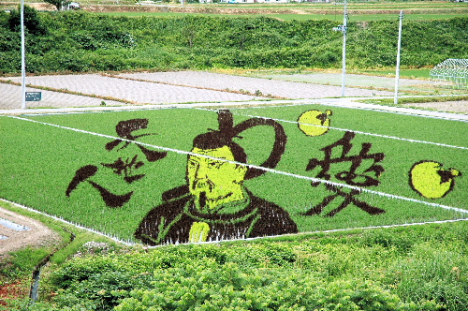
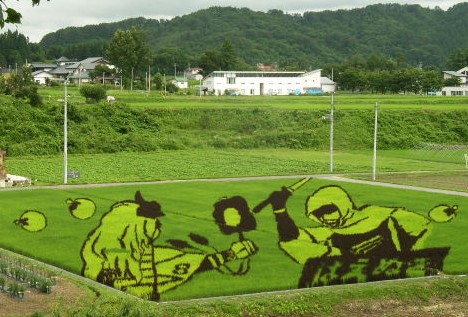
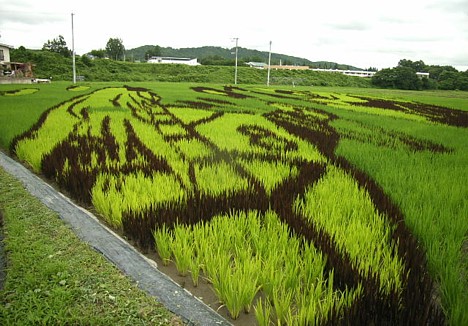
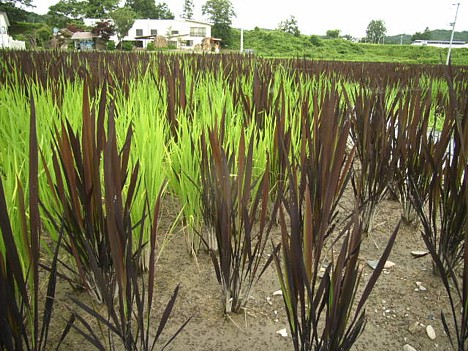
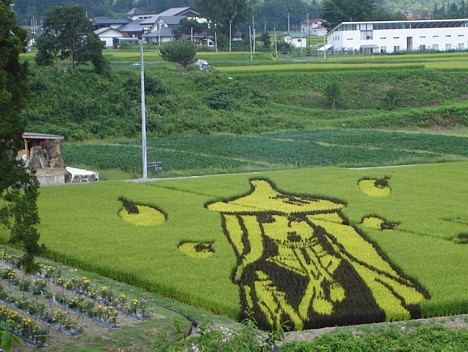
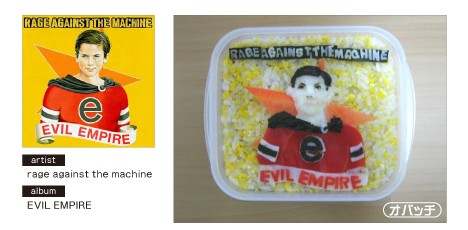
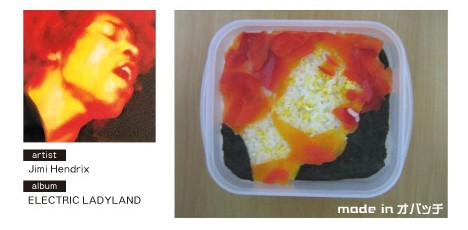
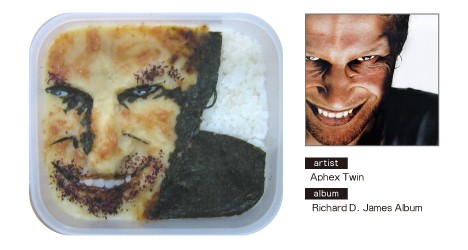
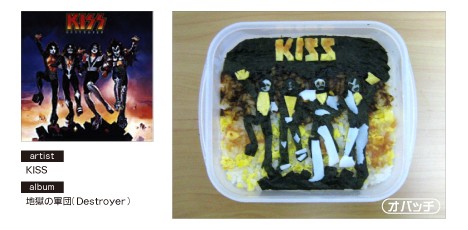
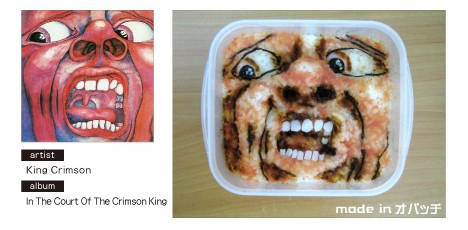
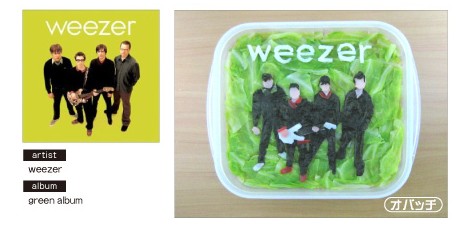
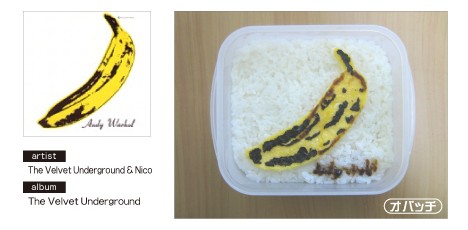
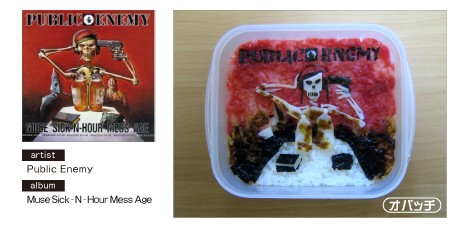
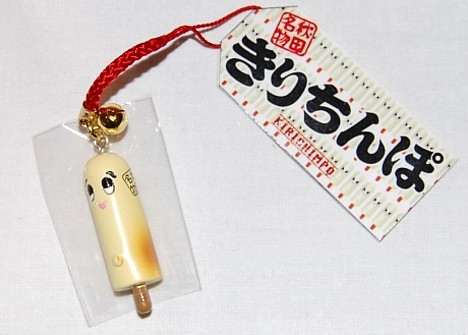
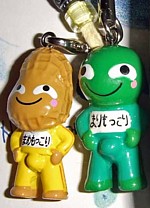 The company came up with the idea for Kirichimpo last year after witnessing the far-reaching success of Marimokkori, a happy, well-endowed green monster mascot from Hokkaido, whose name is a play on the words marimo (a type of giant algae ball found in Lake Akan) and mokkori ("erection"). Marimokkori's popularity extends far beyond Hokkaido's shores, to as far away as Chiba, the home of his younger peanut-headed cousin named Mamemokkori (mame means "bean"), and Tokyo, where mounds of the popular Marimokkori can be found inside UFO Catcher claw vending machines at game centers.
The company came up with the idea for Kirichimpo last year after witnessing the far-reaching success of Marimokkori, a happy, well-endowed green monster mascot from Hokkaido, whose name is a play on the words marimo (a type of giant algae ball found in Lake Akan) and mokkori ("erection"). Marimokkori's popularity extends far beyond Hokkaido's shores, to as far away as Chiba, the home of his younger peanut-headed cousin named Mamemokkori (mame means "bean"), and Tokyo, where mounds of the popular Marimokkori can be found inside UFO Catcher claw vending machines at game centers.